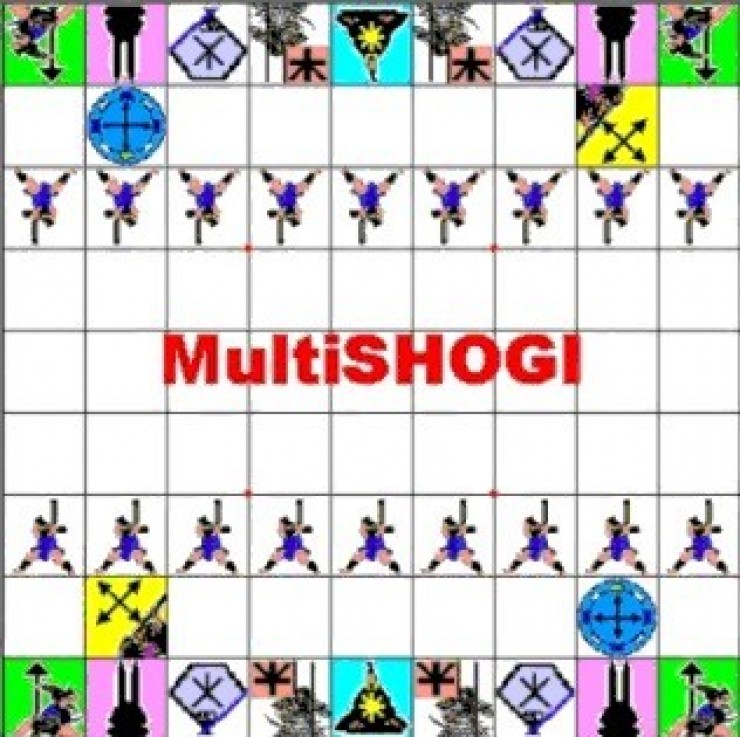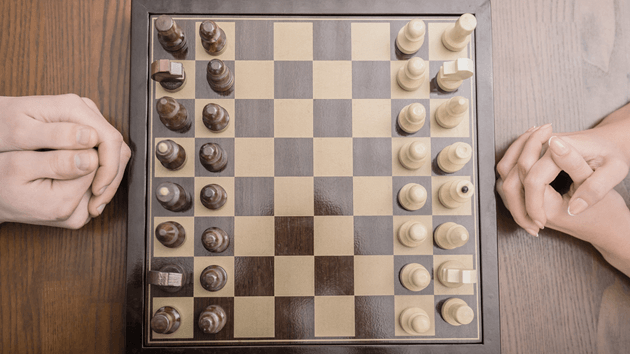
White must checkmate Black in 8 moves, no matter where the black bishop initially is (it is somewhere on dark squares) and no matter what Black plays. In these, usual variations introduced by different black moves are replaced by variations introduced by different announcements.Īn example of a Kriegspiel problem is shown at the right. Kriegspiel is sometimes used in chess problems. Illegal move attempts are not announced to the opponent. Asking Any? when a player has no pawns left is treated as an illegal move and answered Hell no (or Impossible, Nonsense). En passant pawn tries are announced, but not the fact that they are en passant captures. Otherwise, the umpire answers Try! Asking Any? and receiving a positive answer obligates the asking player to then attempt a pawn capture: if this capture is unsuccessful, the asking player may then try any other move, pawn capture or not. To avoid wasting time with many illegal pawn capture attempts, players may ask the umpire Are there any pawn captures? or just Any? If there are no legal pawn captures, the umpire answers No. The precise location of the checking piece is not announced (although it may be deduced). " Checkmate", " stalemate", " draw by repetition", " draw by insufficient force", " 50-move draw"."Check on the long diagonal" (the longer of the two diagonals, from the king's point of view).For example, moving a bishop as if it were a knight. "Hell no" (or "Impossible" or "Nonsense"), when the attempted move is always illegal regardless of the opponent's position.For example: moving the king into check moving a queen, rook, bishop, or pawn through squares occupied by the opponent's pieces advancing a pawn into a square occupied by the opponent's pieces moving a piece under an absolute pin. "No", when the attempted move is illegal, given the opponent's position."Piece gone", when a piece is captured.( En passant captures are specifically announced as such.) The square of the capture is announced, e.g. Only the umpire knows the position of the game. Each opponent knows the exact position of just their own pieces, and does not know where the opponent's pieces are (but can keep track of how many there are). The game is played with three boards, one for each player the third is for the umpire (and spectators). The rules offered on the Chess Variant Pages are as follows. Enochian Chess subsumes other Passive systems of divination such as Tarot and astrology, and has powerful prophetic properties.There are several different rulesets for Kriegspiel. Originally it was only taught to Golden Dawn initiates who had risen to the rank of Zelator Adeptus Minor, and required a comprehensive knowledge of Tarot, Geomancy, Kabbalah, various magical formulae, the symbolism of the Candidate, the Ceremony of the Neophyte Grade, the art of Invocation and Banishing, Pentagram and Hexagram rituals, formation of Telesmatic Images, Sigils, and the Enochian Tablets. Notes and illustrations by Ithell Colquhoun (some previously unpublished) help explain this advanced system of magick in its own right.


This book includes a complete facsimile and commentary of Moina Mathers's Alpha et Omega Enochian Chess papers together with a brief history of the game, notes on play and strategy, and instructions for Active divinatory methods utilised by this system. It was developed into its current form in Victorian times by SL MacGregor Mathers and William Wynn Westcott. Enochian Chess in part comes from the Elizabethan system of Enochian Magic originated by the Court Astrologer, Dr John Dee. His is the first in a trio of books that together form The Complete Enochian Chess.


 0 kommentar(er)
0 kommentar(er)
